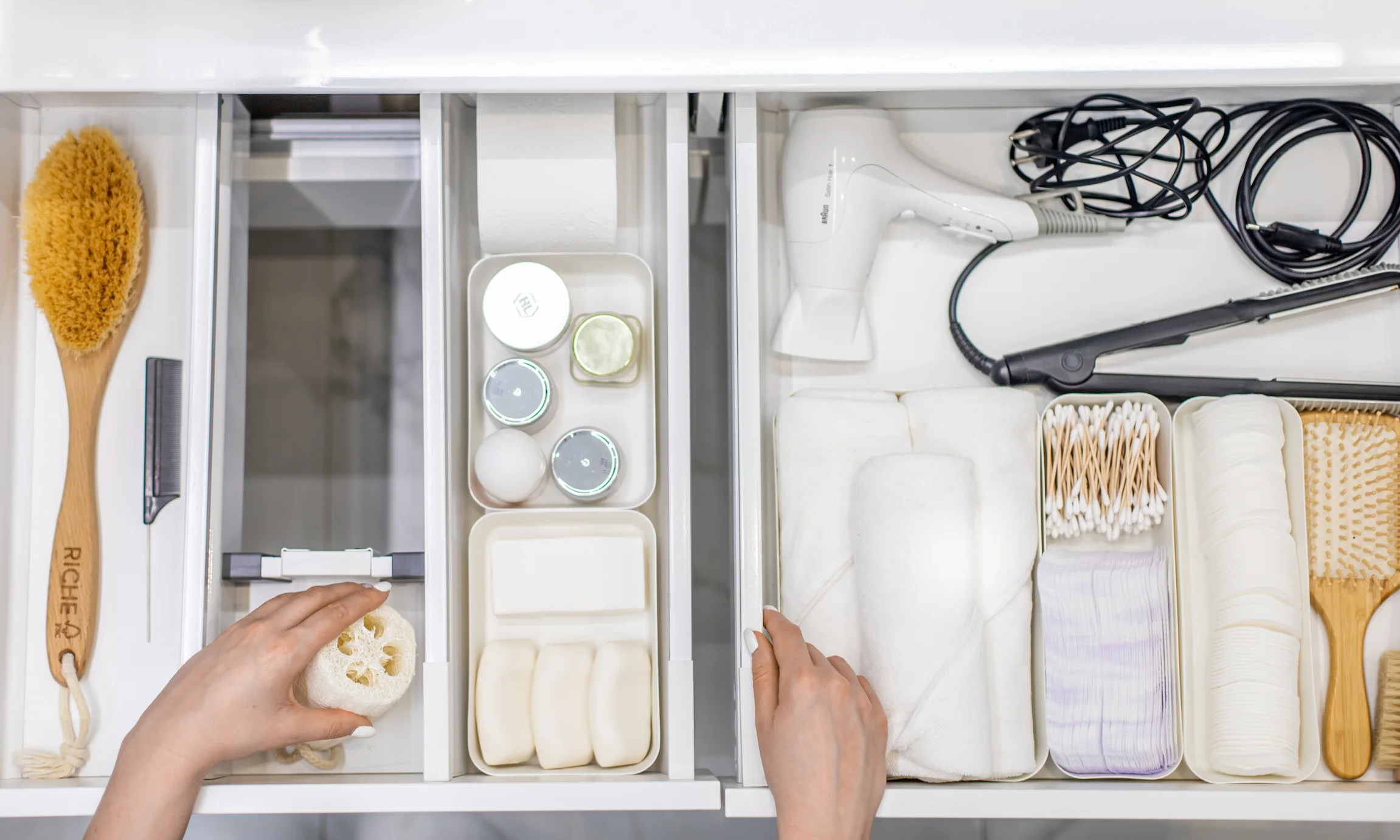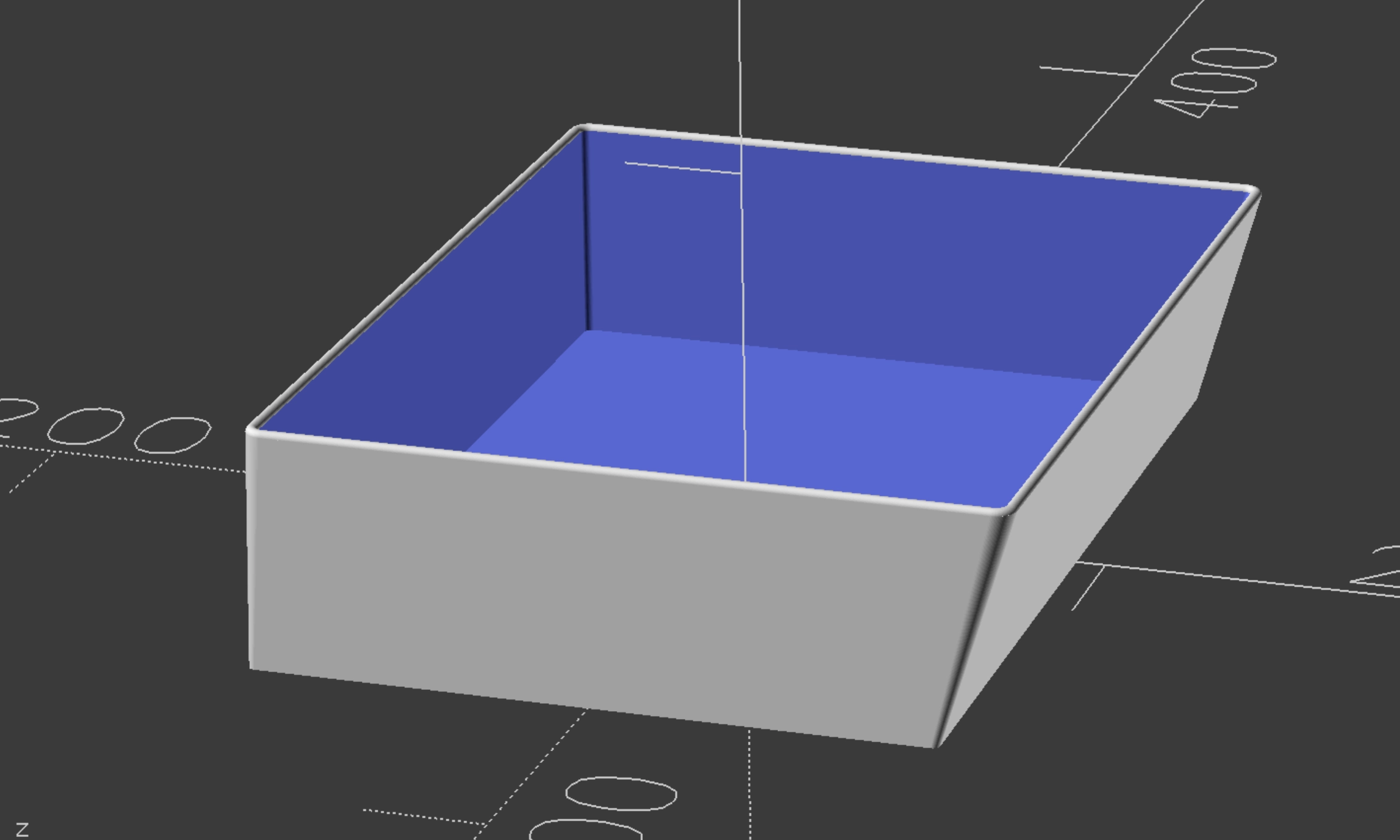
Clients always want to know: what do professional organizers actually tell everyone to buy? The fantasy is that there’s a single product, a silver bullet, that transforms chaos into color-coded peace. The reality is a little less glamorous and a lot more practical.
To get to the truth, we went straight to Sharon Lowenheim, Certified Professional Organizer and founder of Organizing Goddess in New York City. She’s taught organizing skills to over 400 clients since 2006, and she’s not in the business of hype. She’s in the business of what actually works.
Not fancy acrylic bins. Not bamboo baskets. Not something trending on TikTok. Sharon says her must-haves are Ziploc bags and Post-it Notes.
Ziplocs, she explains, are indispensable because they’re see-through and versatile. Quart and sandwich sizes corral small items, while gallon bags keep larger things together. “I love that they are see-through, so you don’t have to guess what’s inside of them. And you can write on them with a marker if more information is needed to identify the contents.”
Post-it Notes, meanwhile, do more than just hold reminders. They literally turn paper clutter into action. “Writing the ‘to do’ action on a Post It note, along with the due date if appropriate, turns an intimidating stack into an actionable pile.”
In other words: every client, every project, every time: Ziploc bags and Post-its make the list.
Here’s where Sharon gets strict: don’t buy anything until the space has been cleared. Why? Because you probably already own perfectly serviceable containers.
She ticks off the usual suspects:
Buying shiny new bins before decluttering is like buying groceries before checking your fridge. You’ll spend more than you need and end up with duplicates.
Organizers have their red flags. Sharon’s? Baskets.
Her alternative is simple: clear containers. Visibility means you won’t waste time wondering—or worse, rebuying—because you forgot what you had.
Sharon admits she used to spend hours trying to find drawer organizers that actually fit. Spoiler: they never did.
“I rarely found a perfect fit and there were always compromises to be made,” she says. Then she discovered AnyDrawer. “Now, with AnyDrawer, I can customize the drawer organizer to exact specifications. I have already added AnyDrawer to two drawers in my own home and I’m eager to introduce the product to clients.”
That’s the shift: from endless compromises to exact dimensions, every time.
Loose cords and random clips are clutter kryptonite. They pile up fast, and you never remember what belongs to what.
Sharon’s solution is Ziploc bags—one per device. “They are especially good for keeping a manual with the various cords and accessories that come with an electronic device.” Everything stays together, and the junk drawer doesn’t turn into a cable graveyard.
Professional organizers don’t just show up with advice. Sharon comes armed with basics:
“Labeling what cords go with what electronic device will help you down the road when you pick up a pile of cables and wonder, ‘What are these for?’” That, right there, is the difference between temporary relief and long-term clarity.
Every client eventually asks the same question: Should this look pretty or just work? And every organizer has to play referee between Pinterest perfection and real-life practicality. Sharon’s answer is firm but flexible.
That doesn’t mean aesthetics rule the day. “You want to harmonize with the client’s décor, as well as satisfy the client’s tolerance for what they feel comfortable displaying. However, function is still important even if aesthetics need to be considered.” The point: beauty is a bonus, but never at the expense of usability.
Sometimes one product can be the hinge on which an entire organizing project turns. Sharon’s case study is the Container Store’s Elfa system, which she’s used repeatedly for clients who had zero closets.
The genius of Elfa is that it adapts to spaces where traditional furniture can’t go. Shelves, rods, and bins hang right on the wall, turning blank surfaces into storage workhorses. For Sharon’s clients, it’s not just a system—it’s the difference between a home that feels temporary and one that finally feels functional.
So, what do professional organizers tell every client to buy? Not baskets. Not “miracle” gadgets. Just Ziploc bags, Post-it Notes, clear containers, and the occasional label maker.
Sharon Lowenheim proves that organizing isn’t about chasing trends—it’s about using what works, project after project. And when the space calls for it, the right custom solution—like AnyDrawer—earns a permanent spot on the pro’s must-have list.

